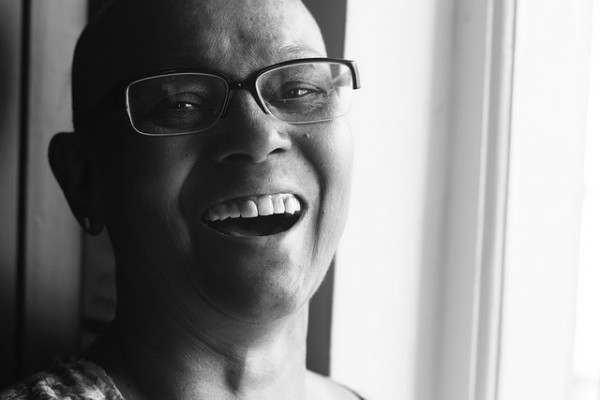Chemotherapy is one of several methods of treating cancer. It’s the use of powerful drugs that target cancer in order to destroy malignant cells or to slow their growth. Cancers grow and divide rapidly, so traditional chemotherapy targets different phases of the cell division cycle. Unfortunately, these drugs don’t spare the other cells in your body that also grow and divide quickly, such as hair and bone marrow cells.
Not surprisingly, this treatment is difficult on the body, especially for older patients. Generally, cancers that arise in children are more likely to respond to chemotherapy as they are able to tolerate more intensive treatment, leading to higher cure rates. Childhood acute lymphoblastic leukemia five-year survival rates are higher than 85%, meaning that 85% of patients are still alive five years after diagnosis. For adults, overall cure rates are around 40%.
For patients with incurable cancer and only a few months to live, is it worth it to try chemotherapy? The answer tends to be yes, at least for patients who aren’t bedridden and can mostly take care of themselves. While it won’t be curative, it might ease pain and buy more time for the patient.
Feature Image Source: Simon Jarratt/Corbis/VCG
Researchers at Cornell Medical College looked to answer this question more definitively. They followed 300 patients with end-stage cancer who were told that they had six months or less to live between 2002-2008, documenting chemotherapy use and assessing quality of life in the last week of the patient’s life by asking a caregiver or family member. They found that while patients who were sick to begin with didn’t seem to report a lower quality of life whether they received chemotherapy or not, 56% of patients who were initially doing better and received chemotherapy reported a lower quality of life in their last week of life compared to 31% of the patients who didn’t receive chemotherapy. This suggests that end-of-care chemotherapy may not actually be the best option for patients who initially do better, which are the patients more likely to receive extra treatment.
It’s important to note that some of this occurred before the advent of new, less toxic chemotherapy drugs, or the rise of targeted therapies that specifically kill cancer cells. This doesn’t totally discount chemotherapy for patients with incurable disease. This does, however, suggest that guidelines for end-stage treatment should be modified to also consider quality of life for the patient when making a decision for that extra round of treatment. “Some patients desire to live as long as possible, some people are looking for excellent quality of life all along, and some people want to hang on three months till their daughter’s wedding,” says Dr. Thomas E. Gribbin, an oncologist in Michigan. It really depends on the patient, and ultimately it should be up to them to decide.
Feature Image Source: SEN










